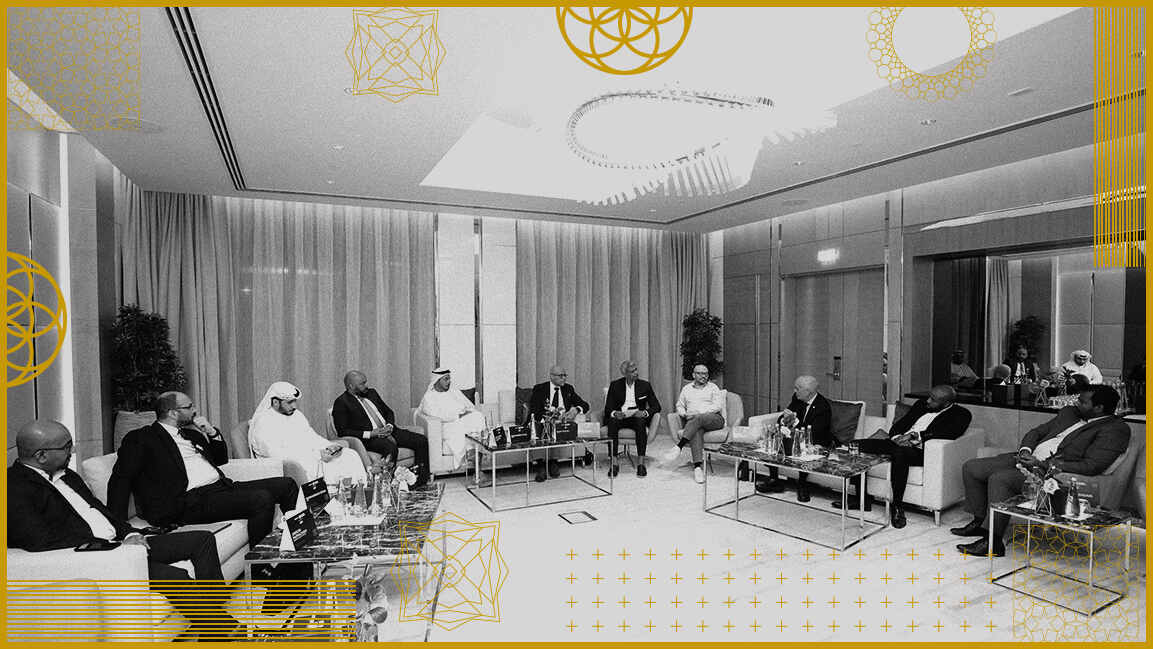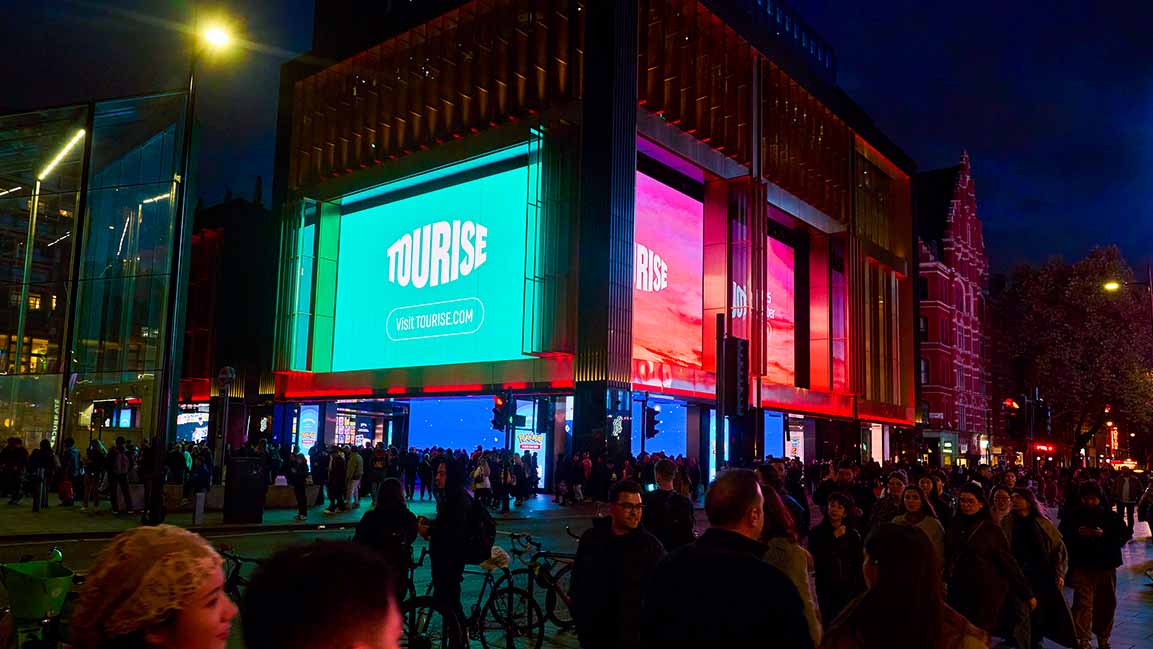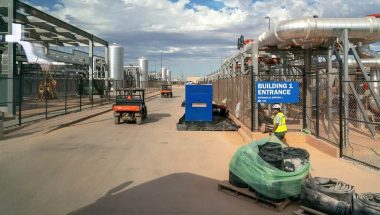- | Aspire
Inside A2RL’s milestone finale. The moment autonomous racing became a true sport
This year’s finale marks a shift from experimental demos to true competition, driven by faster algorithms, improved hardware, and real wheel-to-wheel racing.

A2RL’s second season wrapped with a spectacle that would have seemed impossible just 18 months ago–six autonomous racecars thundering through a championship final at Yas Marina Circuit, with TUM sealing the win and underscoring how quickly this technology is maturing.
Last year’s debut proved the concept. This year’s finale showed what happens when world-class engineering, relentless iteration, and a high-stakes testbed collide. The weekend opened with three events, beginning with the Silver race—an all-out time-trial sprint on Yas Marina’s North layout featuring Code-19, FRVIAV, TGM, Fly Eagle, and Rapson. TGM emerged with a decisive victory, setting the tone for what was to come.
The fan-favorite Human vs. AI challenge returned as well. In 2024, the human talent walked away with an easy margin. This year, the gap all but evaporated.

Human vs. AI. Courtesy: A2RL
TUM’s autonomous racer arrived with lap times that finally put real pressure on F1 racer Daniil Kvyat. With a small head start for the machine, the chase unfolded over ten laps that had the crowd fully locked in. When the cars crossed the finish line, the AI held on by less than a second, a staggering shift from the yawning difference seen a year earlier and a clear signal that algorithmic drivers are advancing at lightning speed.
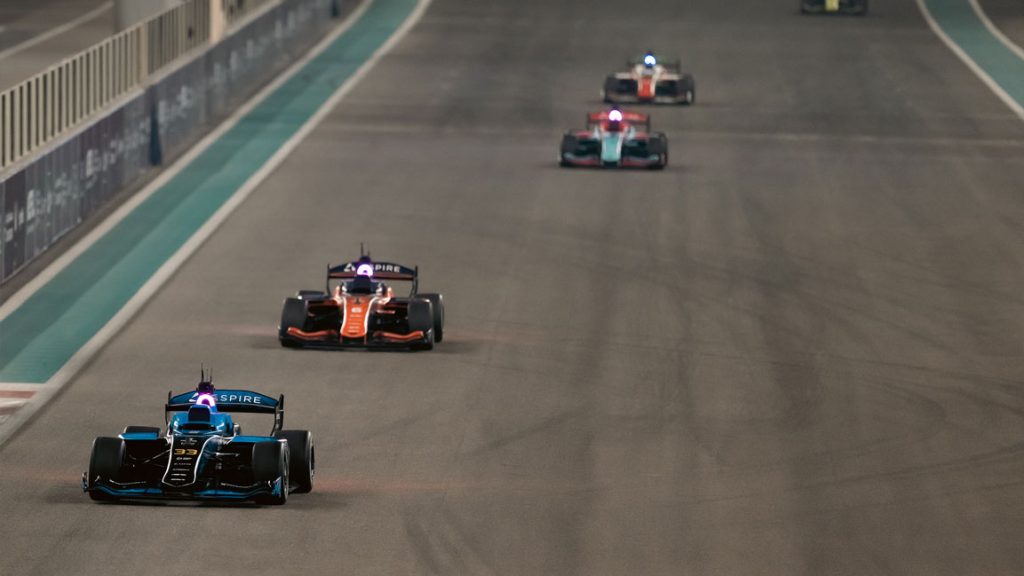
Multicar race lap. Courtesy: A2RL
Then came the moment the audience had been waiting for: a multi-car autonomous final that needed to deliver after last year’s single-car finish. It did, and then some. Unimore (Italy), Kinetiz (UAE), TII Racing (UAE), PoliMOVE (Italy), Constructor (Germany), and reigning champions TUM (Germany) launched into a 20-lap showdown that felt part motorsport, part live-fire systems test. Each team’s AI behaved differently, with some being cautious and others aggressive, all navigating split-second decisions at speeds exceeding 200 kilometers per hour.
TUM controlled the opening laps until Unimore seized the lead with a bold pass. The two frontrunners began to break away from the pack and looked set for a duel to the finish—until a stranded Constructor car forced an evasive move that sent Unimore off track and out of contention.
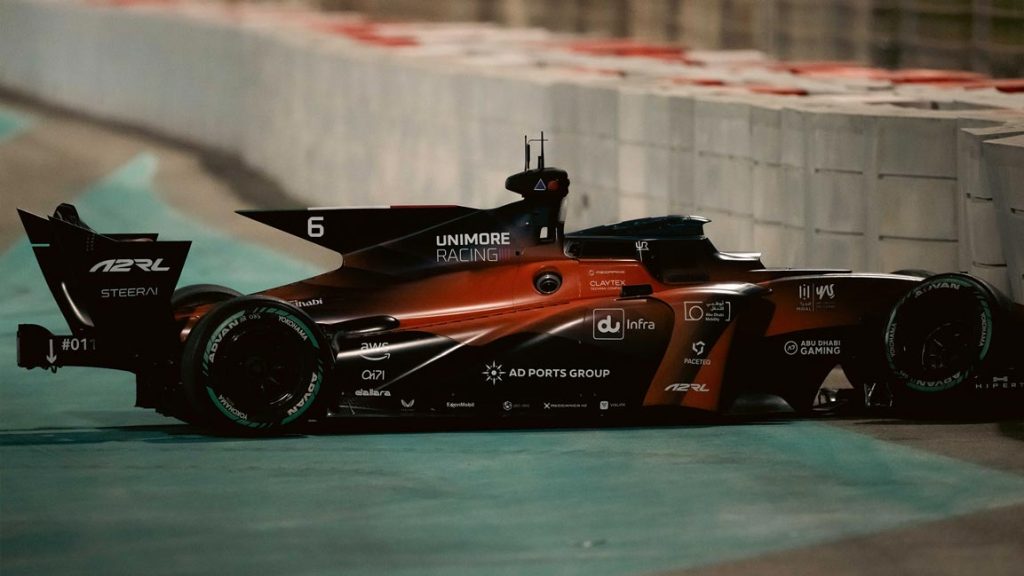
Unimore derailed. Courtesy: A2RL
After the yellow flag reset the field, TUM rebuilt its advantage and brought the car home cleanly, while four of the six starters ultimately crossed the line. The reigning champions retained their title and claimed a significant share of the $2.25 million prize.
The post-race mood reflected both pride and frustration. TUM acknowledged the strategic trade-offs that shaped its early-race performance. Unimore, meanwhile, walked away knowing it had delivered a level of racecraft that would have been unthinkable in the league’s first season. And for the league’s organizers, the finale validated 18 months of intense development–months that compressed years’ worth of progress into a single cycle.
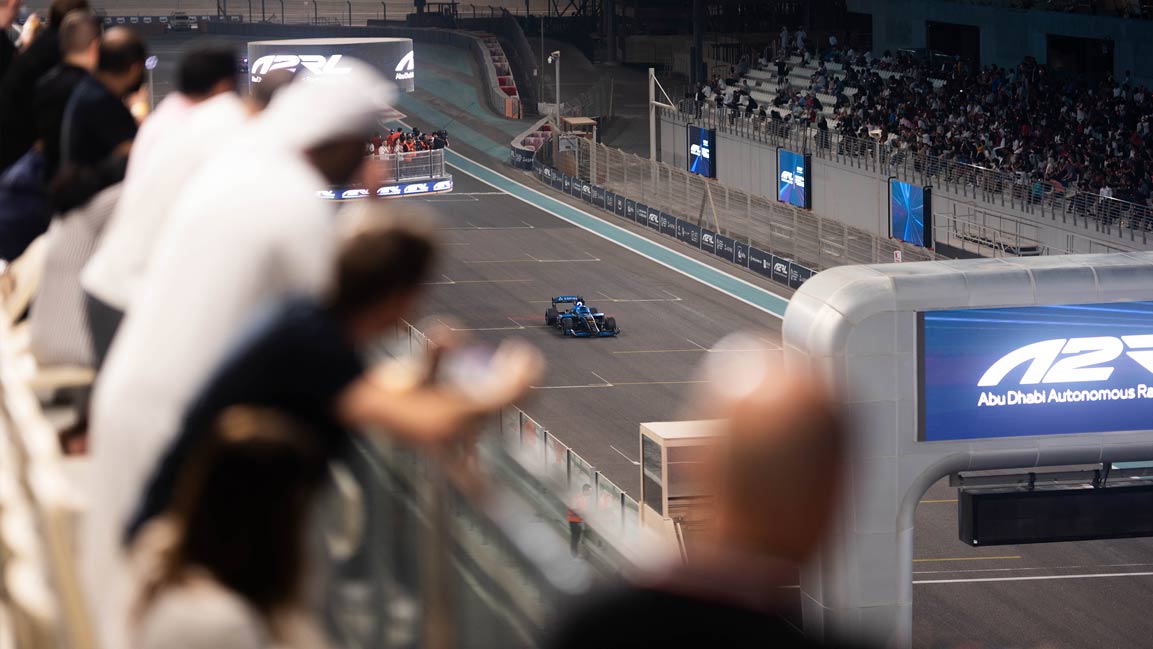
TUM car nears the finishing line. Courtesy: A2RL
This is the new reality of autonomous racing: rapid iteration under extreme conditions, with the entire process unfolding in public. Each season becomes a live demonstration of how fast AI systems can learn, adapt, and outperform their previous selves.
As the teams pack up after the 2025 finale, they leave with richer datasets, sharper algorithms, and bigger ambitions. If the leap from year one to year two is any indication, the 2026 season won’t just be faster–it may redefine what “autonomous performance” even means.















